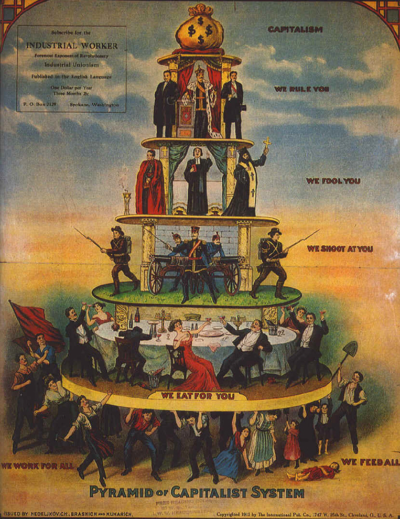The New York Times recently reignited the debate on whether Trump’s base was motivated by something called ‘economic anxiety’ or something else. This something else is variably ‘racial anxiety,’ ‘status anxiety,’ or some other anxiety based on an identity term or sociological term.
The NYT cites status anxiety in the article linked above, while 538 argues for economic anxiety. Different conclusions, same framework.
I think the quick story here is that the social science research underlying these conclusions flows from many nice, tidy distinctions that can be studied empirically. These distinctions facilitate research, but may not map particularly well onto the actual world.
I’m looking at three questions in this post: Who in the world would do something as vile as vote for Trump, or, alternatively, who is most important to Trump’s base? Why would they do such a thing? And how does ‘economic anxiety’, or other forms of anxiety, fit into this picture?
I think we can approach these questions from a few angles.




